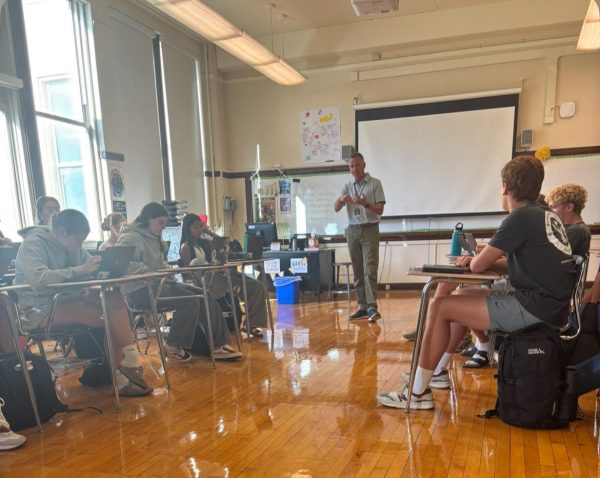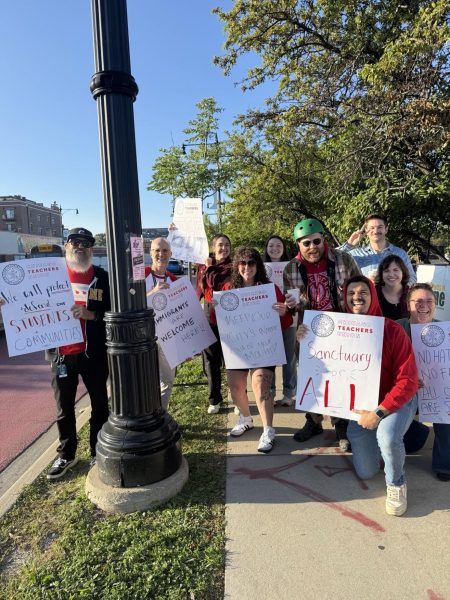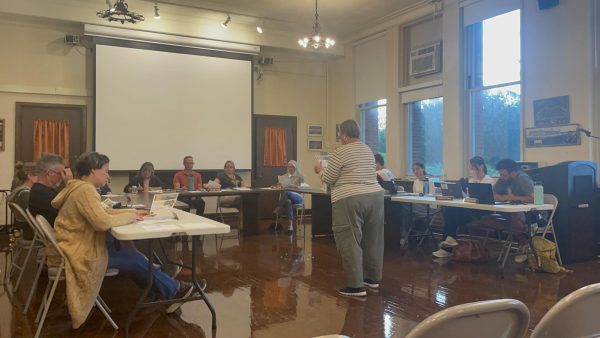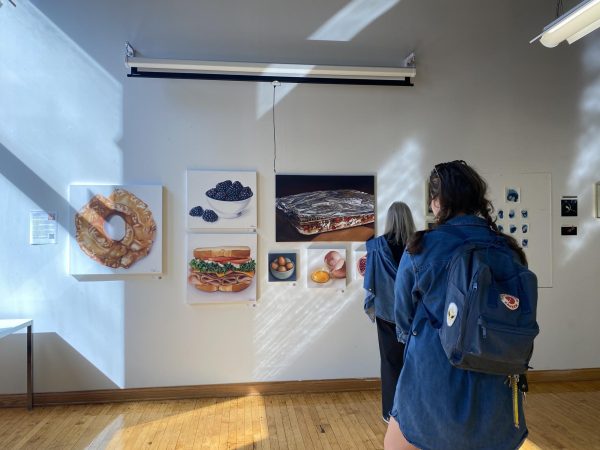New Service-Learning Policy Focuses on Quality Civic Service
Service learning hours have been a requirement to graduate for many years, but as of next year, students will not be required to complete the mandatory 40 service learning hours. Instead of hours, students will complete a service learning project instead.
Lane currently offers six to seven service learning projects in most science and English classes, according to Patrick Davey, the Service Learning Coach at Lane.
Two service projects were given in Biology classes, and provided students with 15 hours for each project. This left students with 10 hours of external community service to report. Service learning projects were started in 2013 with two projects given in Biology classes, according to Ms. Velez, the Director of Records. In 2016, students were also required to do the English service project along with the Biology project.
Davey took the lead on service learning in 2016 and the transition from hours to projects began in 2017 officially.
CPS wanted to change the requirement because it was easy for students to get service learning hours that didn’t have as much substance, according to Davey.
“Should the kid that just read a book in the library while helping them out get as much credit as someone who volunteered at a soup kitchen?” Davey said. “Which one of those was really civic service?”
“The reason that we do civic service in the first place should not be for the individual to graduate,” Davey said. “It’s to provide for the community.”
For special circumstances, such as transfer students, independent projects are given to students that have the English or science credit but lack the service learning project credit.
Davey said he sends them to a forest preserve to burn brush and plant seeds for an independent project instead.
The service learning project for Chemistry asks students to collect samples of the water in the Chicago River and send their data to Friends of the Chicago River, where students can clearly see that they are giving back to the community.
However, the incentive for doing volunteer work does not stop there. Many scholarships and programs reward a high amount of service hours, such as the National Honors Society. These scholarships often require a reflection on how volunteering impacted them.
“It makes the time spent at those facilities more worthwhile, doing it out of their own volition versus mandation,” Davey said.
Katherine Volovodovskaya, Div. 066, has over 200 hours at multiple Chicago Park District camps. She has been a recreational activities leader at Indian Boundary, Chippewa, and Sauganash over multiple summers since 8th grade.
“The experience provided me with the opportunity to learn the needed leadership and responsibility skills,” Volovodovskaya said. “It shows the importance of being open minded and helpful in all realms of your life and builds character.”
Berit Goding, Div. 961, has volunteered at the Field Museum and Paws Chicago in her high school career and has roughly 130 service learning hours. She volunteered at the Field Museum as a guide and takes care of the animals at Paws.
Goding said that she was less sociable freshman year, but as time went on, she opened up more from interacting with visitors to the museum.
“It opened me up with making more connections to people.” Goding said. “It makes you think outside of yourself.”

Photo Courtesy of Environmental Club
Your donations directly fund the Lane Tech student journalism program—covering essential costs like website hosting and technology not supported by our school or district. Your generosity empowers our student reporters to investigate, write, and publish impactful stories that matter to our school community.
This website is more than a publishing platform—it's an archive, a research tool, and a source of truth. Every dollar helps us preserve and grow this resource so future students can learn from and build on the work being done today.
Thank you for supporting the next generation of journalists at Lane Tech College Prep!
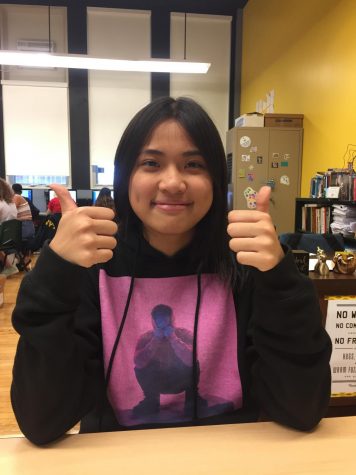
Mytam Vo is a current senior and is The Warrior's art editor. Apart from being the art editor, she enjoys making her own art and is learning how to play...

